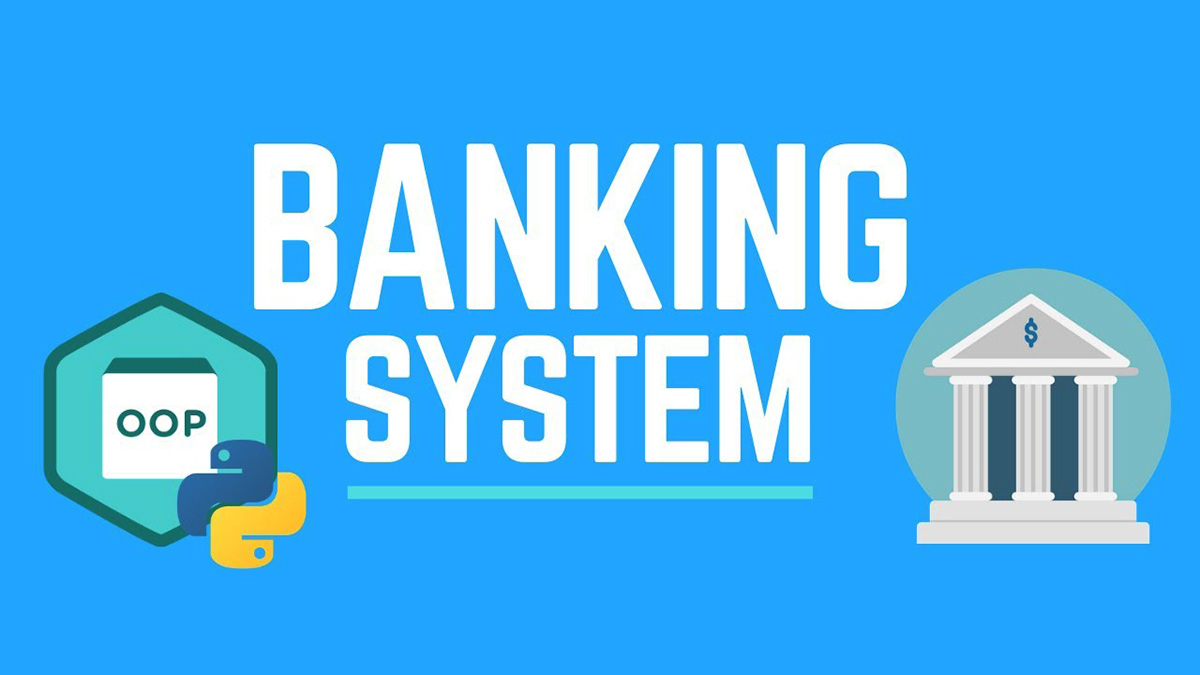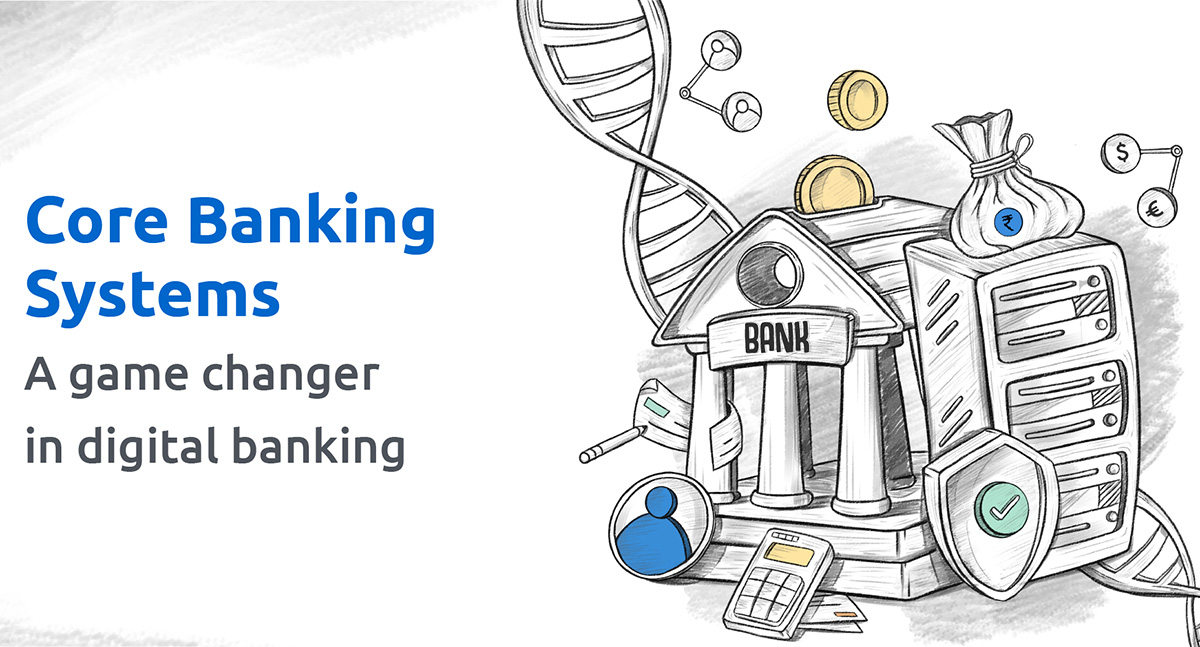Home>Finance>What Is Systemic Risk? Definition In Banking, Causes And Examples


Finance
What Is Systemic Risk? Definition In Banking, Causes And Examples
Published: February 5, 2024
Learn about systemic risk in the finance industry, including its definition, causes, and real-life examples. Understand the potential dangers it poses to the banking sector.
(Many of the links in this article redirect to a specific reviewed product. Your purchase of these products through affiliate links helps to generate commission for LiveWell, at no extra cost. Learn more)
Understanding Systemic Risk in Banking: Definition, Causes, and Examples
When it comes to the world of finance, one term that often pops up is systemic risk. But what exactly does it mean? In this article, we’ll delve into the definition of systemic risk in the context of banking, explore its causes, and provide real-life examples to help you grasp its significance.
Key Takeaways:
- Systemic risk refers to the possibility of a widespread failure or collapse in the financial system, which can have severe consequences for the entire economy.
- It is caused by various factors such as interconnectedness among financial institutions, excessive leverage, economic shocks, and regulatory failures.
Defining Systemic Risk
At its core, systemic risk is the risk of contagion or domino effect within the financial system, where the failure or distress of one entity can have far-reaching consequences, impacting other interconnected institutions and the broader economy. The collapse of a major bank, for example, can trigger a chain reaction of failures and market disruptions, ultimately leading to an economic downturn or even a crisis.
The nature of systemic risk is that it goes beyond the risks associated with individual firms or institutions. It arises due to the interdependencies and vulnerabilities that exist within the financial system as a whole. This risk cannot be eliminated entirely but should be managed to minimize its potential impact.
Causes of Systemic Risk
Systemic risk can stem from various causes, but some of the key factors are:
- Interconnectedness: When financial institutions are highly interconnected, a failure in one institution can quickly spread to others, increasing the likelihood of a system-wide crisis.
- Excessive Leverage: High levels of debt amplifies the potential losses and instability in the financial system, making it more susceptible to systemic risk.
- Economic Shocks: Major economic events like recessions, stock market crashes, or housing market collapses can trigger systemic risk by disrupting the stability of financial markets and institutions.
- Regulatory Failures: Weak or inadequate regulations can contribute to systemic risk by allowing risky behavior and practices within the financial sector to go unchecked.
Examples of Systemic Risk
Throughout history, we have witnessed several instances where systemic risk has materialized, causing significant disruptions in the financial system. Here are a few notable examples:
- During the 2008 global financial crisis, the collapse of Lehman Brothers triggered a chain reaction of bank failures and market turmoil, highlighting the interconnectedness and systemic vulnerabilities within the banking sector.
- The Asian financial crisis in 1997 originated in Thailand but quickly spread across Southeast Asian countries, leading to widespread banking and currency crises, ultimately having a global impact.
- The Savings and Loan crisis in the 1980s and early 1990s in the United States resulted from risky lending practices and inadequate regulatory oversight, leading to the failure of hundreds of savings and loan associations.
In Conclusion
Systemic risk represents a critical concern within the banking industry and the broader financial system. Its potential to disrupt economies and cause widespread financial distress underscores the importance of proactive risk management and robust regulatory practices. By identifying the causes and understanding the examples of systemic risk, stakeholders can work towards building a more resilient and stable financial system.
Want to learn more about finance and stay informed about the latest trends and developments? Browse our FINANCE category for more insightful articles that will help you navigate the complex world of money management and investing.














